Following a major planning application to Bradford Council, a ‘spectacular vision’ to transform a vacant office block on the edge of the Salts Mill World Heritage site Saltaire, Shipley, into a ‘vibrant residential quarter and riverside park’ is a step closer to reality.
Artisan Real Estate, which describes itself as a niche developer, has outlined its ambitious plans for the 11-acre site, which is sandwiched between the River Aire and the Leeds & Liverpool Canal. It was formerly home to an HMRC office complex which closed in October last year.
The firm’s plans for the riverside development include 289 new homes, as well as more than 5,000 sq. ft. of small commercial office space designed for flexible working and a café facing on to a new ‘pocket’ park and piazza.
A ‘sizeable riverside park’ will aim to seamlessly link the development to the River Aire, providing woodland, grasslands and lawns to act as a natural flood water storage area.
In addition, walkways will provide direct access to Saltaire Rail Station and the canal towpath, offering ‘easy’ pedestrian and cycle links to nearby Shipley.
The proposals have been developed in conjunction with Yorkshire-based architects Axis Architecture and come as the result of more than a year of design planning. This has, in turn, been underpinned by a comprehensive public consultation programme, which included two design workshops with local stakeholders and three major public events.
Artisan Real Estate has previously worked on a number of complex residential and mixed-use regeneration projects in ‘sensitive’ urban and city-centre environments. This has included New Waverley in the heart of Edinburgh’s Old Town and the transformation of the historic Everard’s Printworks in Bristol’s Old City.
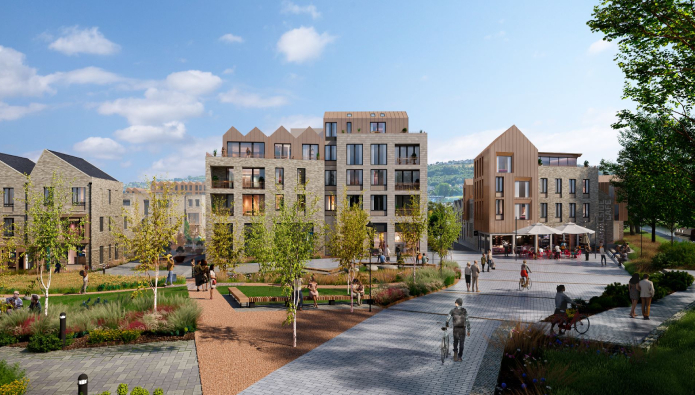
James Bulmer, development director for Leeds-based Artisan North, welcomed the latest planning submission.
“Our proposals for Saltire Riverside herald another significant addition to Artisan’s enviable list of transformational regeneration projects in highly desirable regional locations across the UK,” he said.
“Progressing such a large development on the very edge of a UNESCO World Heritage site brings its own set of challenges and responsibilities, and we have taken time to understand and reflect the unique historical contexts of the Salts Mill location.”
He added: “We have spent considerable time working closely with local residents and groups to ensure our plans meet the need, wants and demands of this unique location.”
He said the company wants this to be a modern interpretation of neighbouring Saltaire, bringing much-needed sustainable family housing ‘in an accessible, well-connected and environmentally responsible setting – with the added advantage of low energy costs and exemplarily green credentials’.
Bulmer hailed it as a ‘hugely exciting’ development that will open up a large riverside area that has effectively been closed to the public since the 1970s when the HMRC complex was built.
“Our proposals will bring excitement, interest and investment to the area and provide a natural, contemporary extension of the existing Saltaire footprint,” he concluded.
What does the plan involve?
The proposed scheme would remove the existing five-storey HMRC building which consists of two large hexagonal office blocks. A start on site is forecast for 2023, dependent on necessary planning permissions.
Before it became offices for HMRC, the site was previously used as occasional storage shed area, allotments and grazing land for canal ponies.
Saltaire Village itself is named after Sir Titus Salt, a 19th-century manufacturer, politician and philanthropist who was best known for building a textile mill known as Salts Mill and the supporting village overlooking the River Aire in the second half of the 1800s.
Designed by the architects, Lockwood and Mawson, Saltaire has beautiful Italianate architecture and a rich history. So much so, it was designated a World Heritage Site by UNESCO in 2001.
Following in the footsteps of other model settlements of the time, such as Bournville, Saltaire provided a relatively healthy environment for workers to live in and work.
The village is, as such, considered an ‘outstanding example of mid-19th century philanthropic paternalism’. It is also said to have had ‘a profound influence’ on developments in industrial social welfare and urban planning in the UK and beyond.
You can find out more about Artisan’s Saltire Riverside development by clicking here.



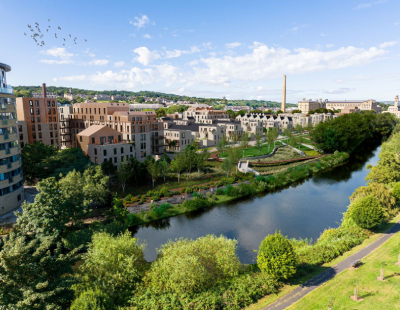


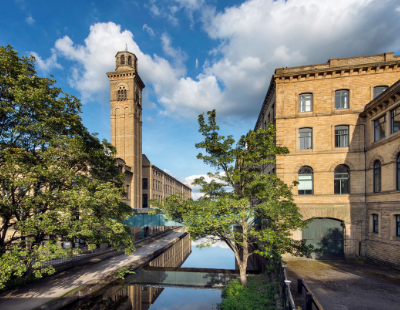
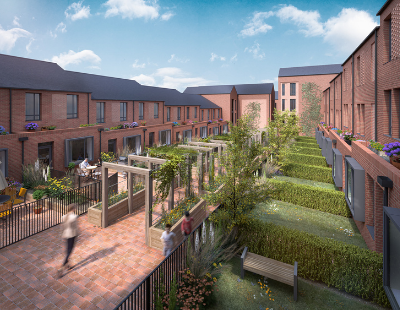
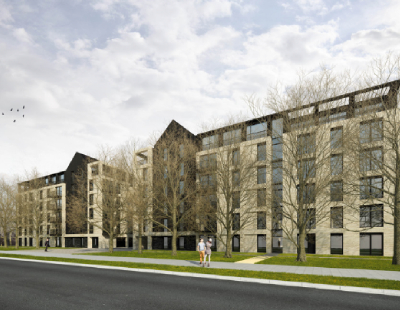

.png)










Join the conversation
Be the first to comment (please use the comment box below)
Please login to comment